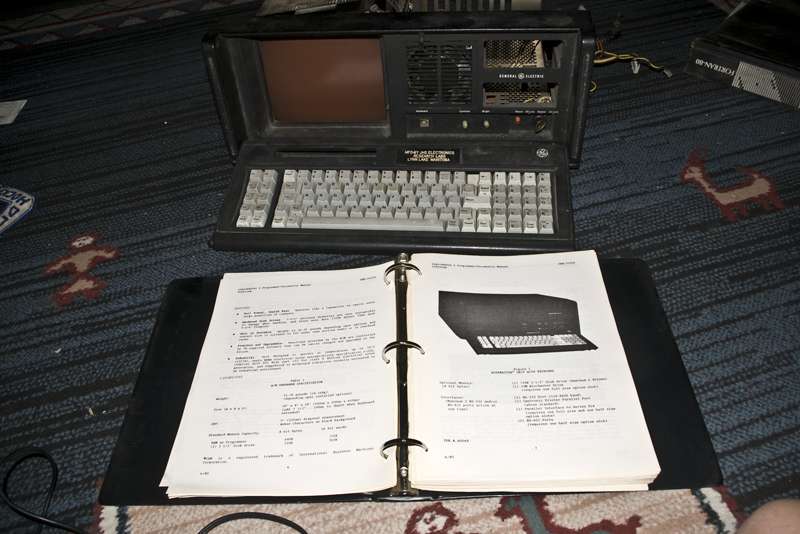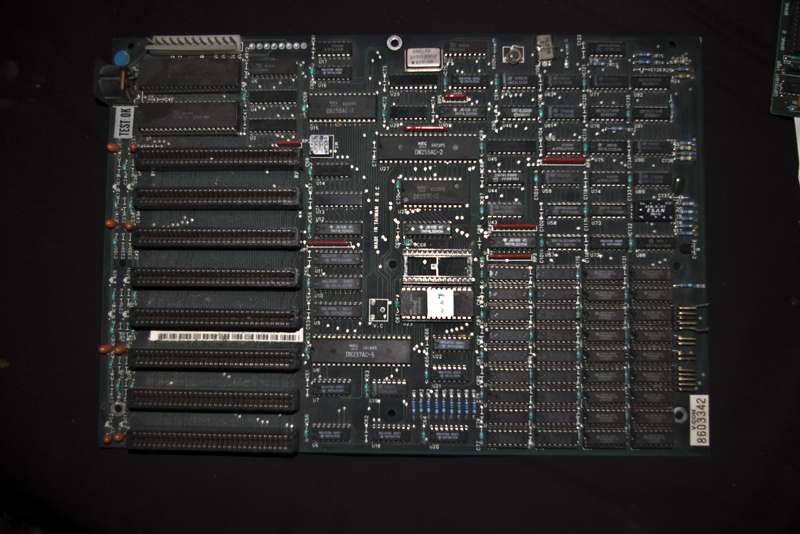1ajs
Experienced Member
anyone herd of this black beast?
mines all apart think i am going to toss it back together
mine was bought by sherritt in lynn lake and was used at the mill to program plc's and some other equitment from what i understand i've seen 1 other one thats still used wth a searies six plc that i would love to get my hands on, and use this one as my gehto mod project i never finished
the guts are in a cupboard safely stashed away at least

mines all apart think i am going to toss it back together
mine was bought by sherritt in lynn lake and was used at the mill to program plc's and some other equitment from what i understand i've seen 1 other one thats still used wth a searies six plc that i would love to get my hands on, and use this one as my gehto mod project i never finished
the guts are in a cupboard safely stashed away at least




